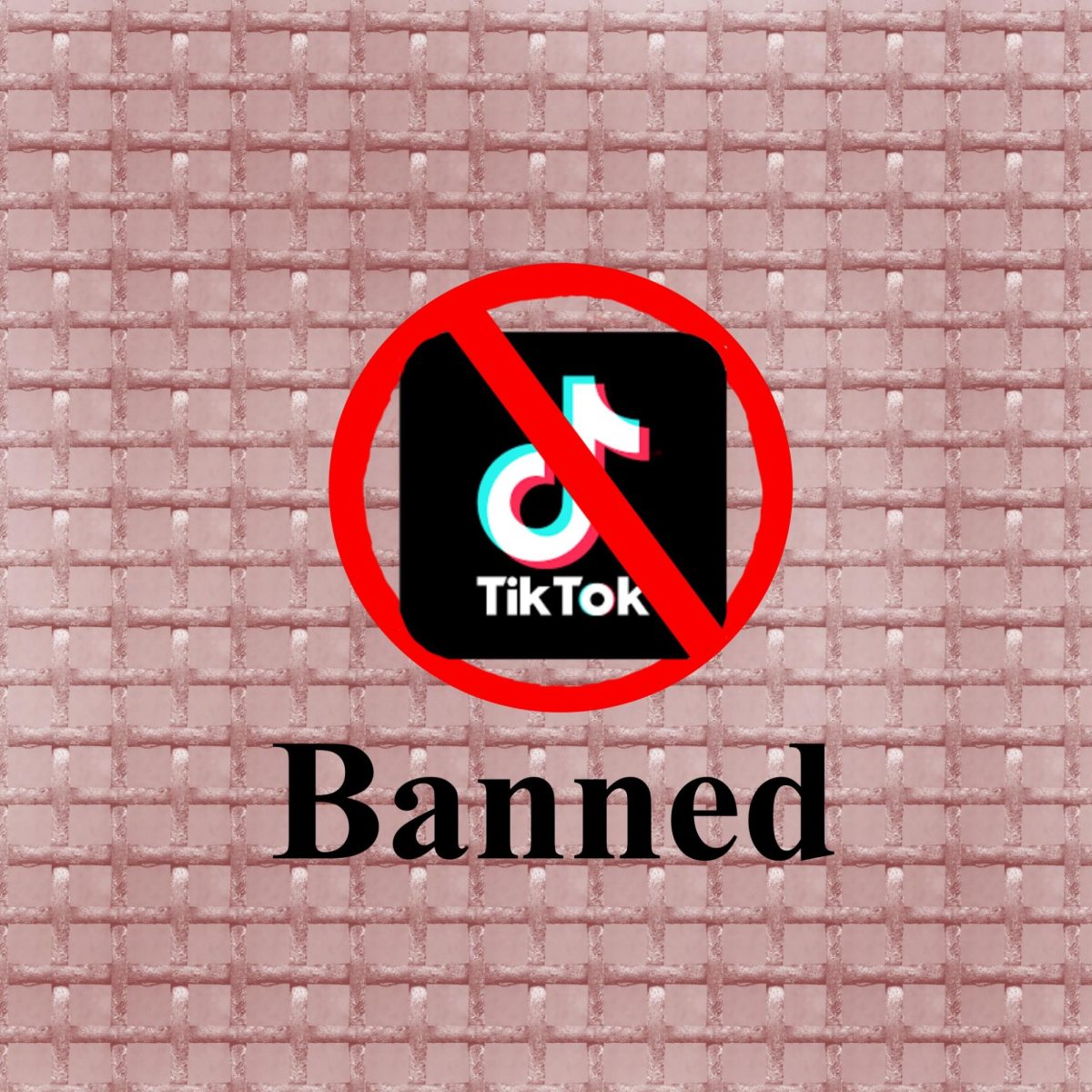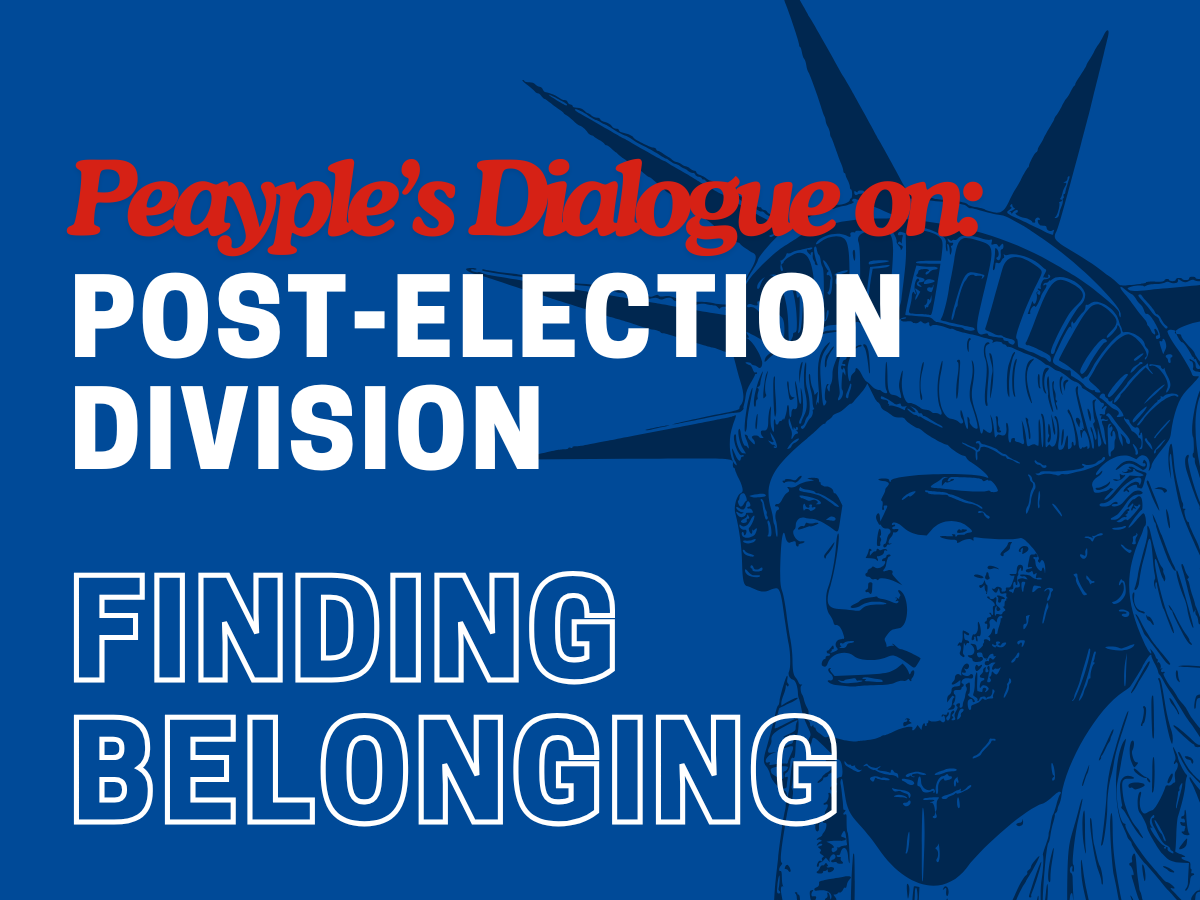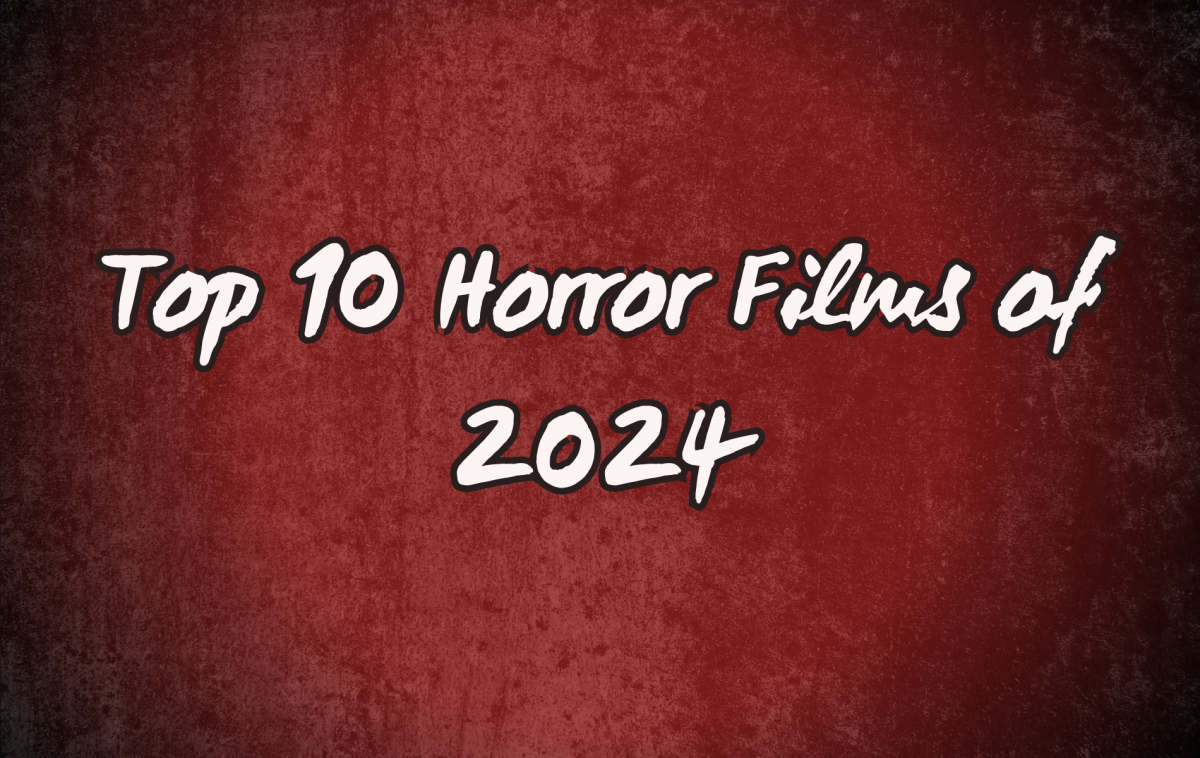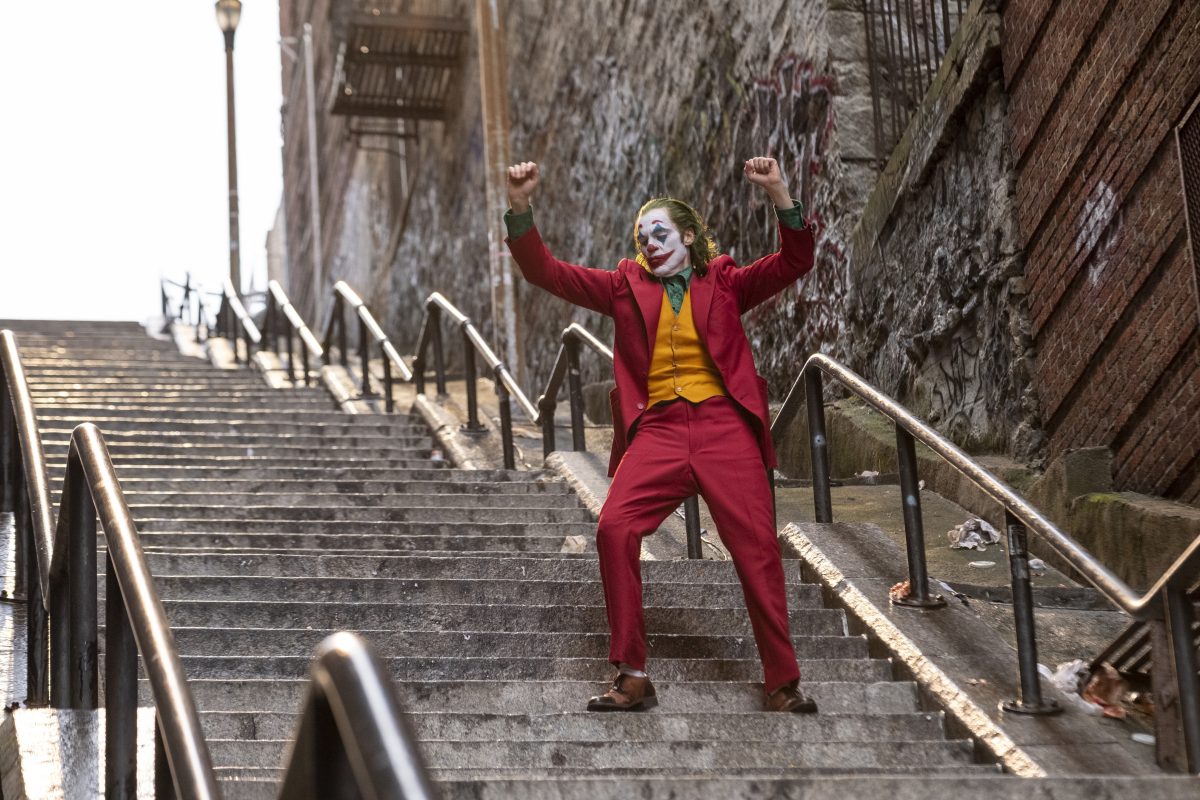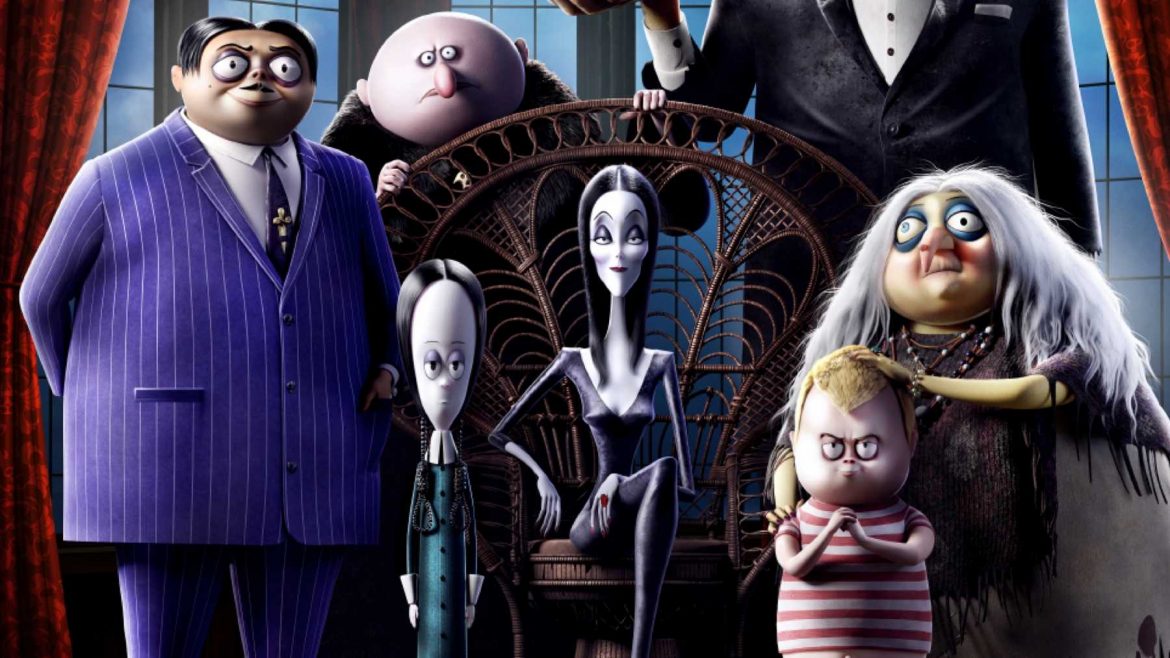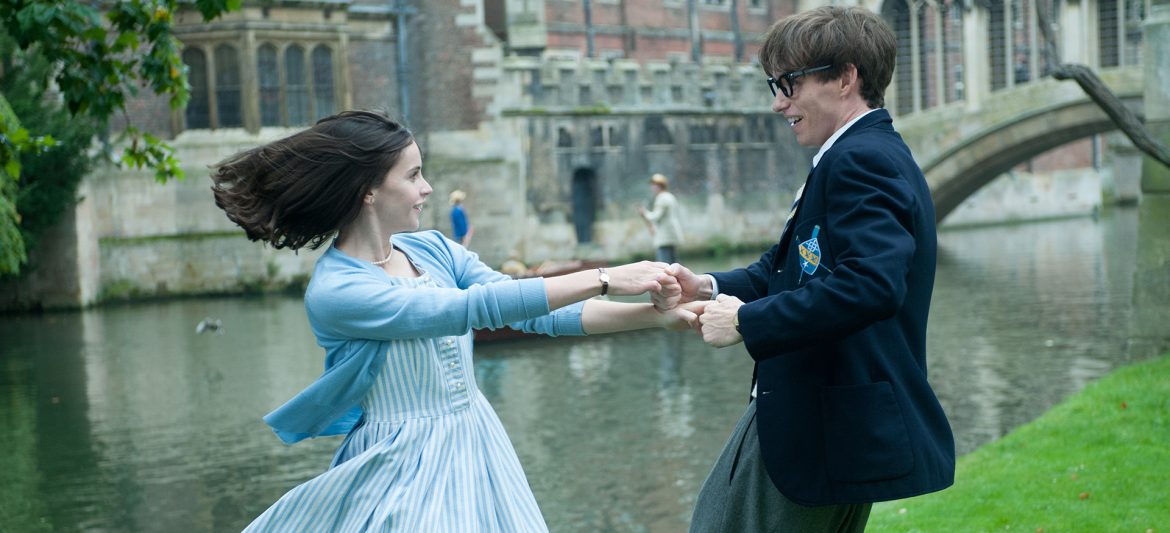While I would not say it was my first conventional fandom experience, the first piece of media I remember getting almost fanatically passionate about was “Avatar: The Last Airbender.”
I watched it when it debuted on Nickelodeon in 2005. I continued watching it when my dad took an equal amount of interest in it. I suffered through two agonizing hiatuses before I was old enough to know what that feeling meant.
I remember when the series finale aired, I watched it on my parents’ TV in the back bedroom because I did not want to miss a single moment. That is how invested I was in the show, even as a child.
In a fantasy civilization where there are four separate nations based on the classical elements (water, earth, fire, air), the Avatar is the only one who can telekinetically manipulate, or “bend,” all of them.
The Avatar’s purpose is to maintain balance and harmony amongst all four nations. However, when the Fire Nation carries out a genocide against the Air Nomads and begins a world war, the Avatar mysteriously vanishes.
A century later, Katara and Sokka of the Southern Water Tribe meet an Air Nomad named Aang. He unwittingly reveals himself to be the Avatar. He initially fled his responsibilities, which led to him cryogenically preserving himself in an iceberg.
From that point forward, Aang travels around the world to master the rest of the elements, put an end to the 100 Year War and restore balance to the world.
All the while, Aang and his new family are chased by Zuko, the banished prince of the Fire Nation whose goal is to capture the Avatar and restore honor to his name. However, as the series progresses, not only are there hidden depths within Zuko’s character, but another looming threat to the Gaang is revealed to be too close to home.
Growing up, I was not used to cartoons that challenged my idea of what story arcs should be like. I was used to shows where the main conflicts were resolved by the end of the episode. “Avatar: The Last Airbender” flipped every convention onto its head, and I am so thankful for that.
When it starts out, it is already a good show. The writing is hilarious, the character development is consistently engaging and it pays homage to numerous anime tropes while making the animation style its own.
But as the show progresses, it becomes a true work of art. It contains themes you normally would not have seen in a cartoon from the 2000s. It touches on the trauma of war, genocide, fascism and the struggle to keep balance within a constantly evolving world—some of which are topics that are uncomfortably familiar in today’s climate.
While I understand opinions may vary, I also admire how the show is a great example of cultural appreciation. One of the more complicated discourse topics nowadays is the issue of cultural appropriation, mainly how thin the line is and when appreciation of a different culture carries into disregard for its initial significance.
In the world of “Avatar,” the bending is meant to represent actual Chinese martial arts. Not only that, but Chinese art and history are frequently used as references throughout the series. And boy, does it show.
The fantasy world’s setting draws inspiration from New World imagery, but it primarily represents Inuit, East Asian and South Asian cultures through the citizens of each nation. The show’s spiritual and philosophical themes are heavily based on the ideologies of Taoism, Hinduism, Buddhism and Yoga.
What is especially amazing is that the two creators of the series, Michael Dante DiMartino and Bryan Konietzko (collectively called “Bryke” by the fandom), are white.
There were always be valid concerns when it comes to white people, let alone anyone outside of the culture they are taking inspiration from, portraying non-white cultures in fiction. But what differentiates Bryke from a lot of white content creators is they did thorough research on what they wanted to portray.
I remember seeing TV spots that showed how they used real martial artists as references for the bending styles in “Avatar.” They also hired creative consultants and a calligrapher to help portray this fantasy world as accurately as possible when compared to real cultures, particularly Chinese culture.
They did not just take their love of media like anime or kung fu movies and roll with it. They took the necessary steps to portray a culturally inclusive world, fantasy or not.
Compare that with a movie adaptation…that shall not be directly named.
M. Night Shyamalan might sound up for the task on paper. He is a South Asian director and a self-described fan of the series. But he did not even try to capture the world of “Avatar.” He whitewashed most of the cast, he made the bending look childish and he did not even attempt to replicate the calligraphy in the opening sequence.
The lesson of that disastrous adaptation is this: your race or privilege does not matter if you do not commit to the research and dedication needed for diversity in media. Two Caucasians are just as capable of creating an inclusive and engaging fantasy world as a director of color is capable of trying to butcher what is beyond his reach.
Shyamalan’s main excuse was that it was “just a kids’ show,” completely ignoring how this kids’ show treated its audience with the maturity and respect they deserved. It was a kids’ show that never treated its audience like they were too dumb to handle difficult themes and compelling character arcs. “Avatar” did not just succeed because it was more than a kids’ show—it succeeded because it was a kids’ show.
And now, we come to 2020, where Bryke stated this year that they would leave production of the live-action Netflix adaptation due to creative differences. The alleged issues Bryke had with Netflix were the lack of budget, the possibility of casting white actors and the desire to give the adaptation a darker tone, which would include bloodier violence and sexuality.
As expected, the fandom was not having it. Fans called for an immediate boycott of the show, and there has already been at least one major petition to keep the series from being officially greenlit.
So, who has two thumbs and completely saw this coming? Me.
Granted, I was also disgusted when I heard what Netflix apparently wants to do with this upcoming adaptation. However, even when we were promised a “culturally appropriate, non-whitewashed cast,” I still was not on board with this idea.
Even if I were to give this series the absolute benefit of the doubt, nothing can replicate or destroy the magic of the original series.
The film adaptation definitely sucked, but it was the final nail in a director’s career rather than a stain on the cartoon’s legacy. People were divided over “The Legend of Korra,” but all the while, they could still go back and watch the original to feel that same sense of wonder and adventure.
This adaptation could be a pleasant surprise or an absolute nightmare of a watch, and it still would remain in the original series’ shadow, as it should.
“Avatar: The Last Airbender” has always been an amazing show, even before this social media renaissance. It is the closest thing out there to a perfect television series. It is not amazing for a cartoon or a kids’ show—it is amazing for the world it created, the characters it brought to life and the story that will live on for decades.
It is amazing for “Avatar.”

